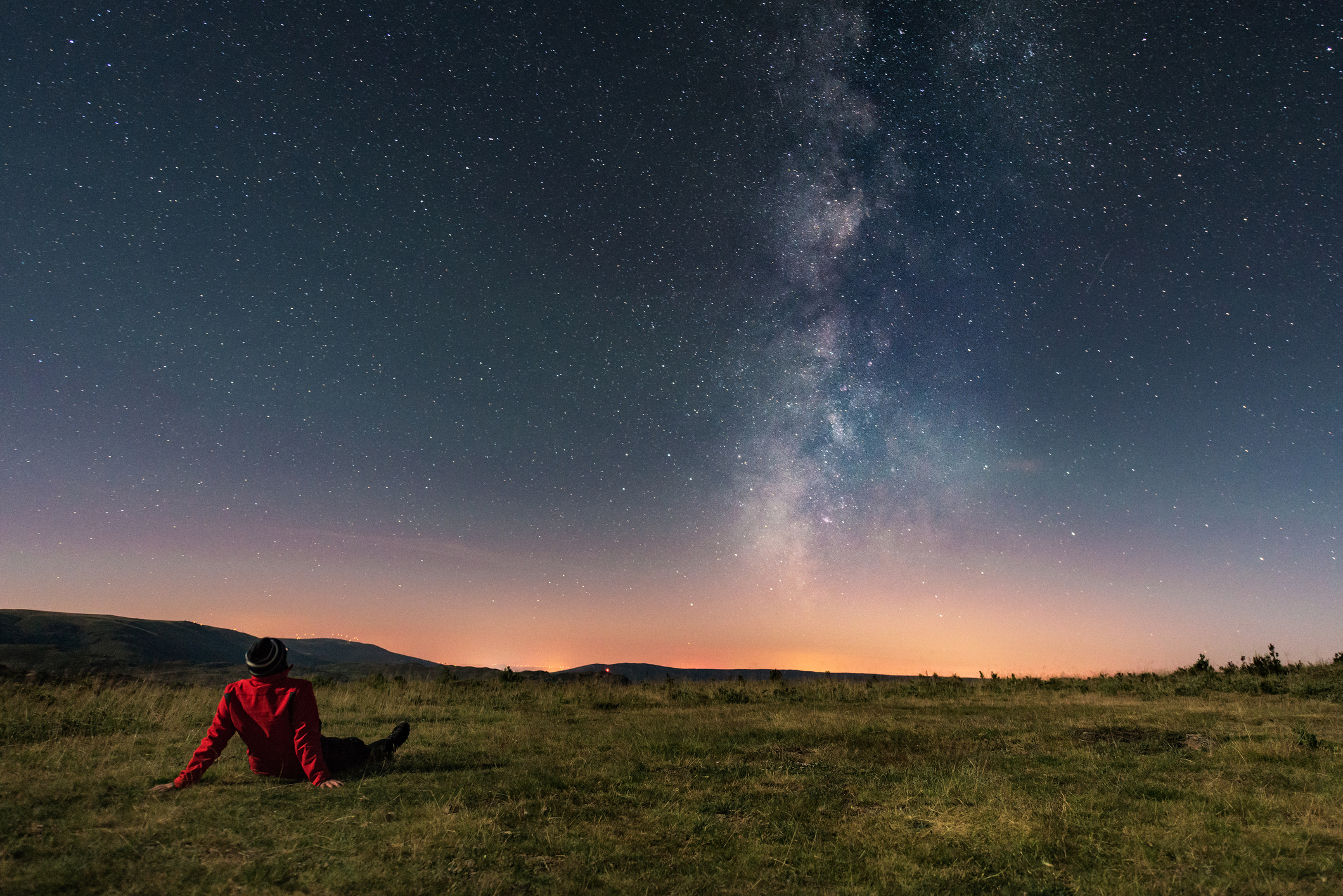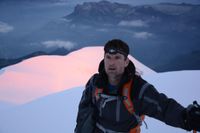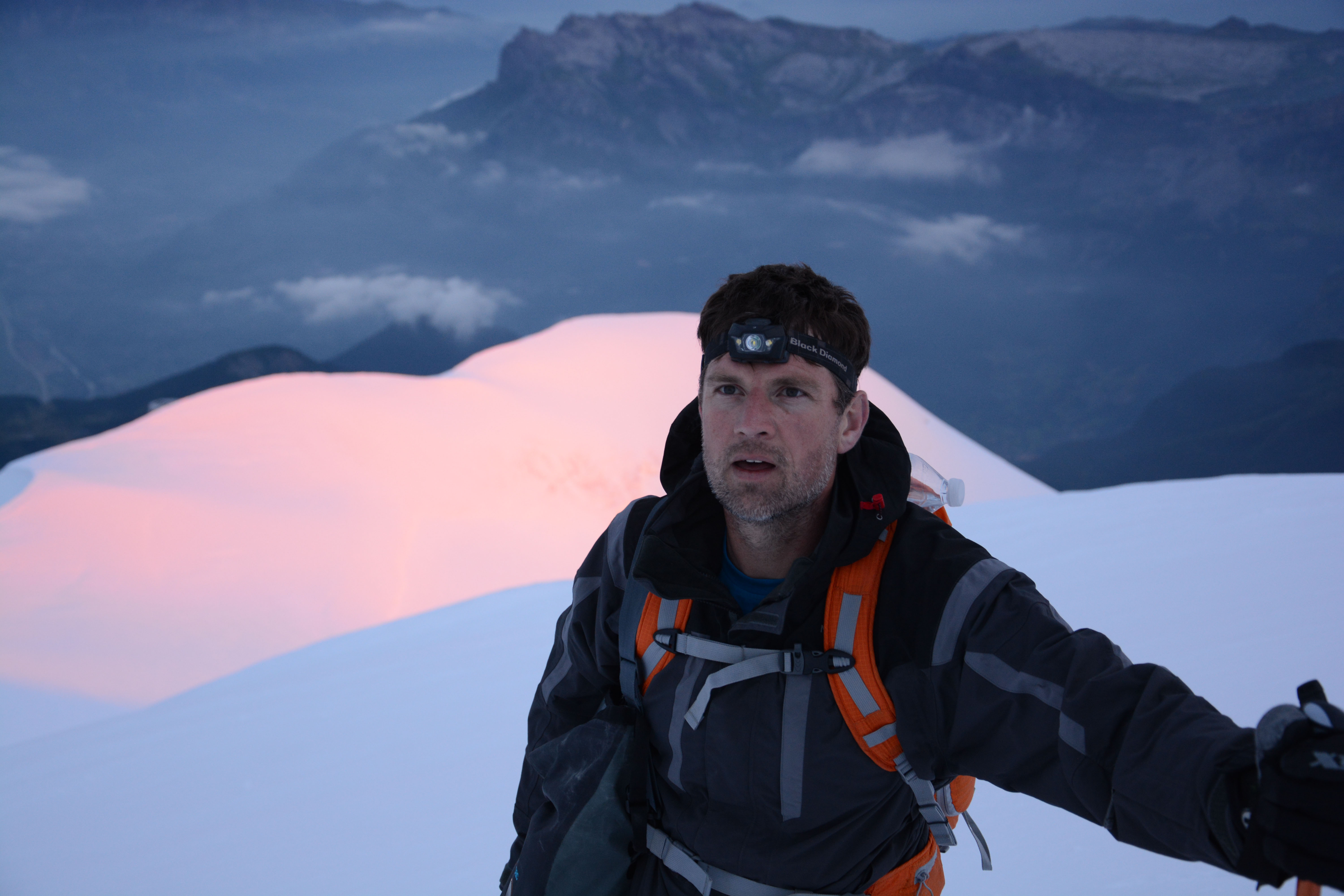

‘We are all in the gutter, but some of us are looking at the stars.’
Oscar Wilde put some of his most memorable and oft-quoted words in the mouths of characters in his plays and prose, but just over 130 years after the debut of Lady Windermere’s Fan, Wilde’s Lord Darlington might be very disappointed with how many stars he can actually see while staring up from the gutter.
According to a new study, over the last decade, the level of light pollution in the night sky has increased by almost 10 per cent every year, drastically reducing the number of stars that can be seen with the naked eye.
Between 2011 and 2022, the Globe at Night project collected data from citizen scientists around the planet, who have been recording information about the constellations they can see without the use of telescopes or binoculars.
Over 50,000 ‘naked-eye’ observations were gathered, and the results, published in Science on 20 January, show a huge decline in the number of stars that are visible to people across the planet, as the level of artificially ambient light has increased.

The speed of the change is shocking. Analysis of the data gathered reveals that changes in visibility are the equivalent of a 9.6 per cent increase in sky brightness every single year. This means that light pollution more than doubles every 8 years.
Obviously, this reduction is particularly pronounced for star-gazers in and around towns and cities. “The rate at which stars are becoming invisible to people in urban environments is dramatic,” says Christopher Kyba, a researcher at the German Research Centre for Geosciences and lead author of the study. "At this rate of change, a child born in a location where 250 stars were visible would be able to see only about 100 by the time they turned 18.”
Get all the latest news, reviews, deals and buying guides on gorgeous tech, home and active products from the T3 experts
The simple act of observing the night sky has had a profound impact on human development for the entirety of our existence as a species, with every civilisation and culture across the planet gazing up at the stars and planets. The night sky enabled people to construct calendars and make sense of time, to navigate and travel across vast oceans (and thereby interact with other cultures), and it has influenced both scientific and artistic development.
'A little more than 100 years ago, you could walk outside at night even in a city and see the Milky Way galaxy arch across the night sky,’ the Globe at Night website explains. ‘Being able to see thousands of stars was part of everyday life, inspiring artists like Van Gogh or musical composers like Holst or writers like Shakespeare. By allowing artificial lights to wash out our starry night skies, we are losing touch with our cultural heritage (e.g., what has made us who we are). We are also losing touch with what could inspire future generations.'

There are significant health issues associated with being surrounded by too much artificial light, which affects our natural body cycles (circadian rhythms) and the production of melatonin in our bodies, potentially leading to sleep disorders, fatigue, stress, obesity and anxiety.
And the loss of natural nighttime visibility is more than just a tragedy and a risk for humans, with the effects of electrically produced glow having all kinds of consequences for wildlife, confusing pollinating insects and sending birds crashing into buildings.
The data has come as a shock, not least because it is several times greater than the 2% per year global increase in surface brightness recorded by satellites. Instruments in space are unable to measure light emitted horizontally - from signs or windows, for example - which contribute heavily to skyglow, as perceived from the ground. Neither can instruments detect wavelengths shorter than 500 nanometers, so they fail to pick up emissions from white LEDs being used in high-efficiency outdoor lighting. As a result, the naked-eye reports are telling a fuller, and more disturbing story.
It’s a reminder - if you need one, in this time of soaring energy bills and wider awareness of broader environmental issues - to turn off lights when they’re not required. You can also get involved as a citizen scientist, contributing to the data being collected. The Globe at Night are continuing to monitor the sky, and you can submit your own observations to the website here.
And to get a closer look at the rapidly diminishing night sky, consider grabbing a beginners telescope, or a pair of binoculars well-suited to star gazing.

Author of Caving, Canyoning, Coasteering…, a recently released book about all kinds of outdoor adventures around Britain, Pat Kinsella has been writing about outdoor pursuits and adventure sports for two decades. In pursuit of stories he’s canoed Canada’s Yukon River, climbed Mont Blanc and Kilimanjaro, skied and mountain biked across the Norwegian Alps, run ultras across the roof of Mauritius and through the hills of the Himalayas, and set short-lived speed records for trail-running Australia’s highest peaks and New Zealand’s nine Great Walks. A former editor of several Australian magazines he’s a longtime contributor to publications including Sidetracked, Outdoor, National Geographic Traveller, Trail Running, The Great Outdoors, Outdoor Fitness and Adventure Travel, and a regular writer for Lonely Planet (for whom he compiled, edited and co-wrote the Atlas of Adventure, a guide to outdoor pursuits around the globe). He’s authored guides to exploring the coastline and countryside of Devon and Dorset, and recently wrote a book about pub walks. Follow Pat's adventures on Strava and instagram.